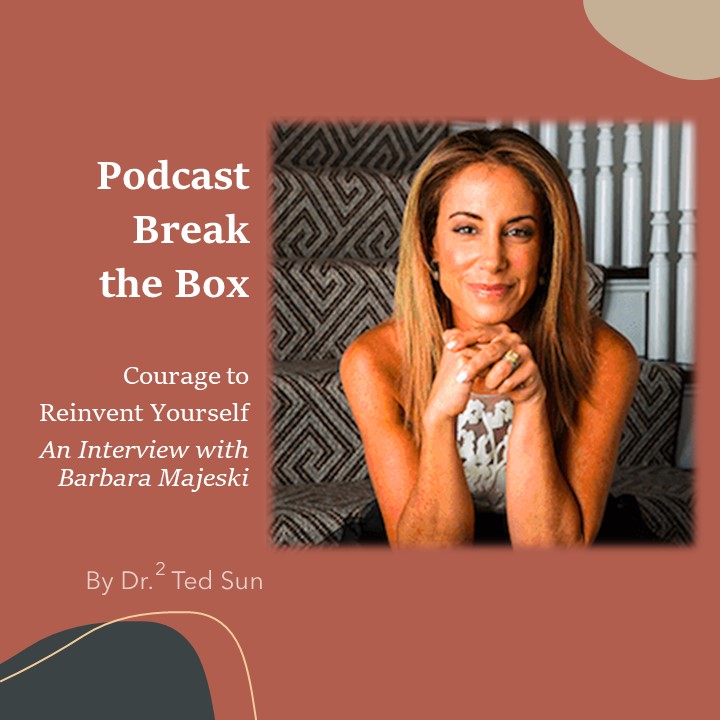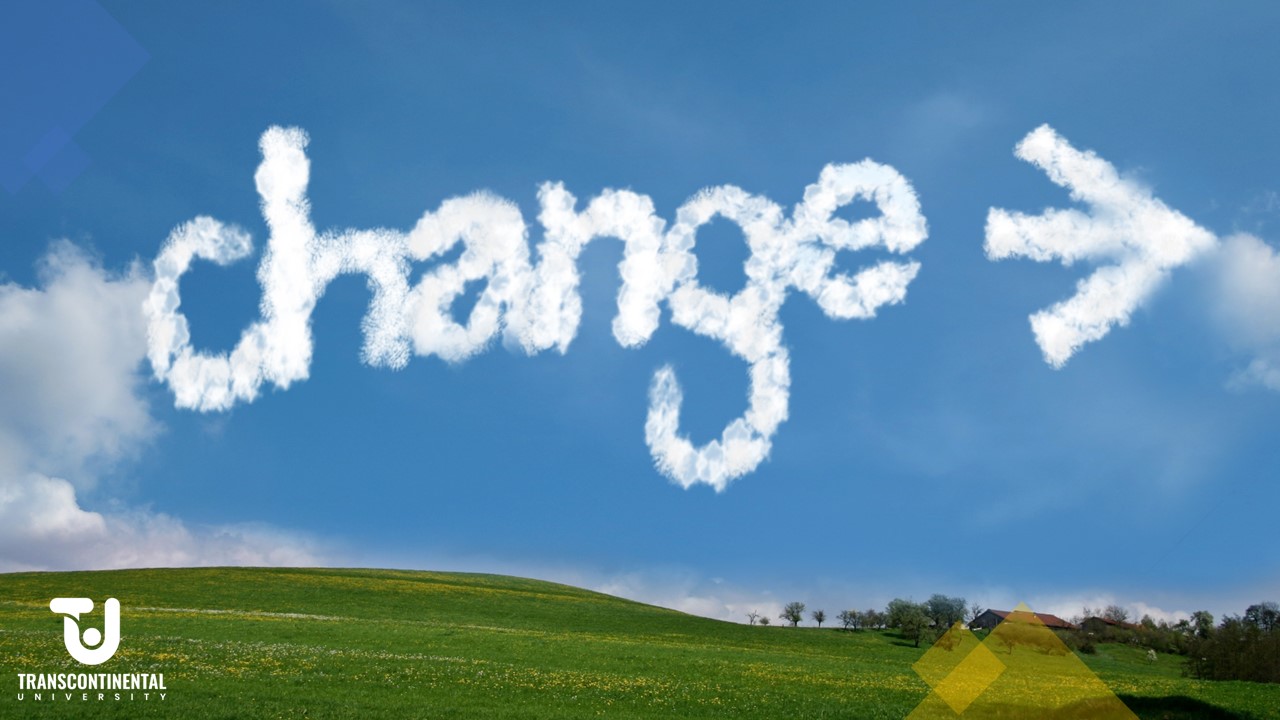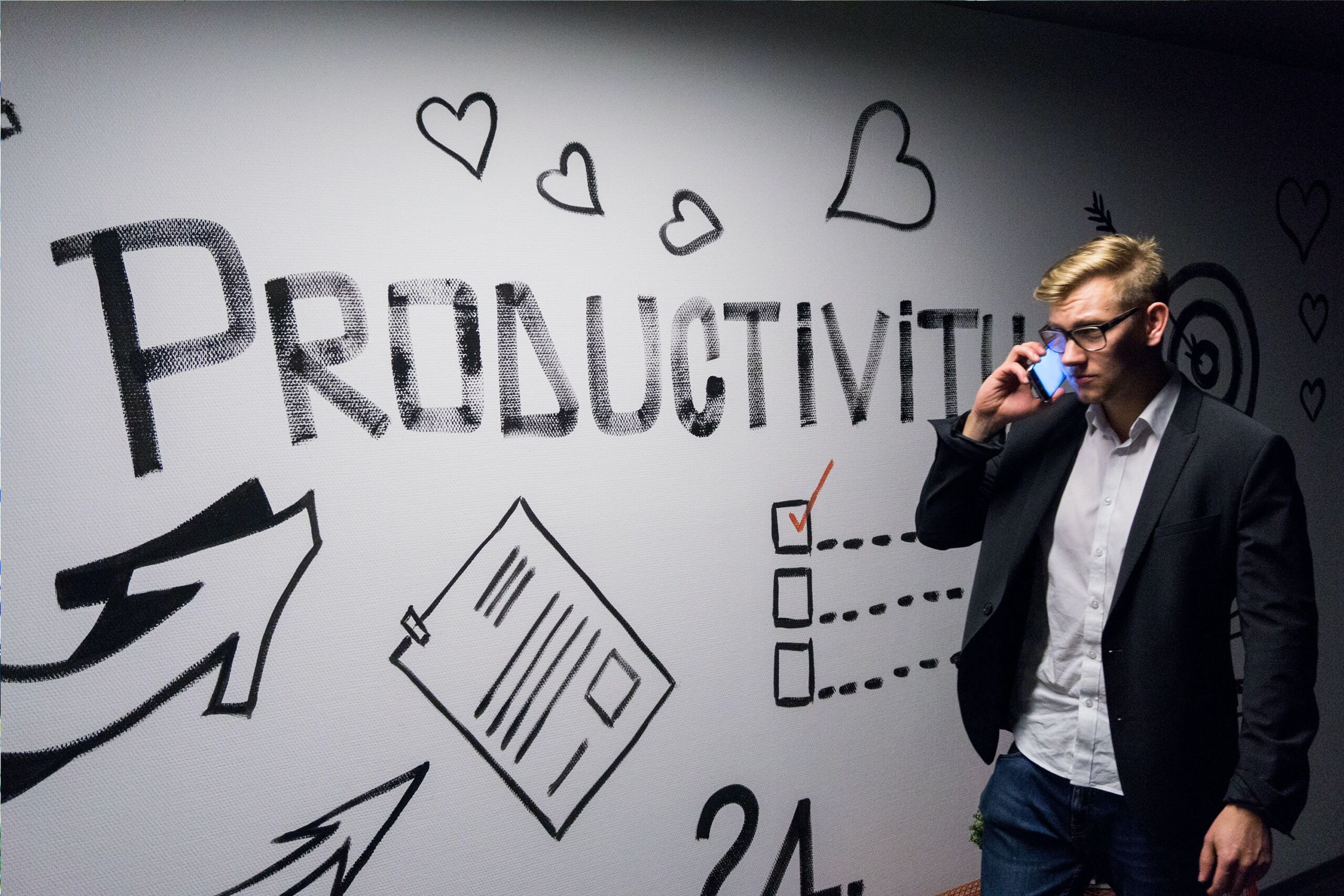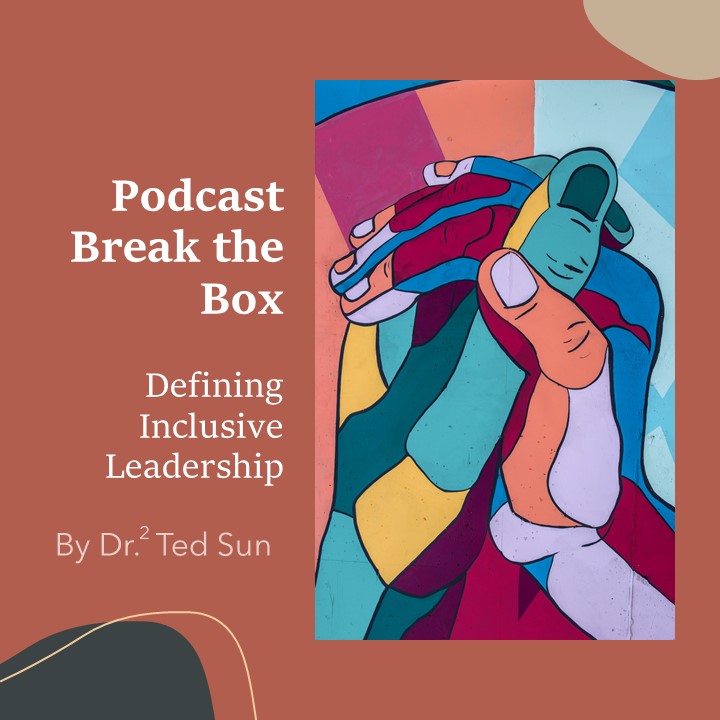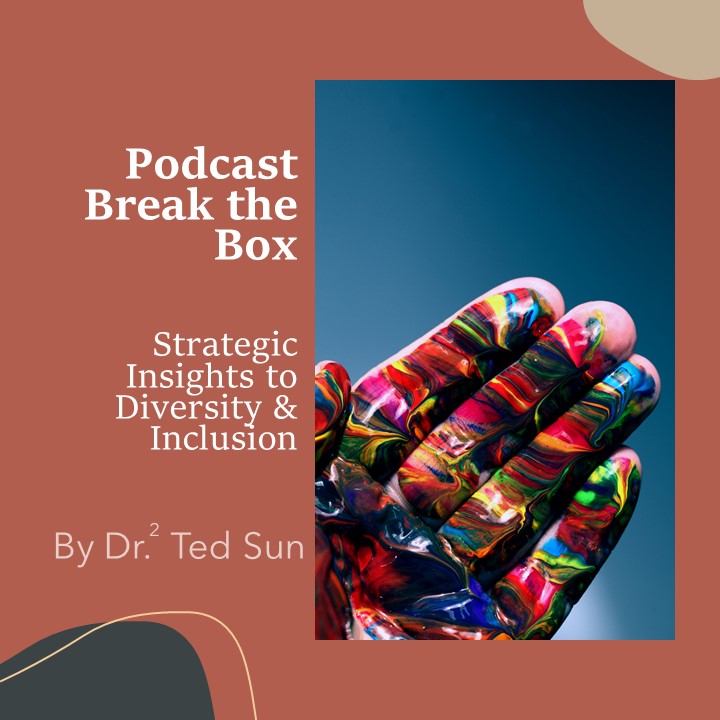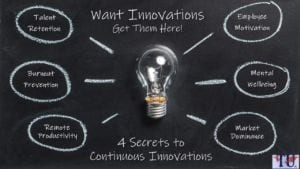
4 Secrets to Innovation
How many innovations per month are you implementing?
By Dr. Ted Sun
Before the pandemic, innovation was nice to have to achieve success. Then, with the pandemic, innovation is a necessity to survive. Those who can innovate have already done it and capitalized on the opportunities in the pandemic. Now, moving into the post-pandemic era, where’s your organization in terms of innovation?
Consistent innovation requires a knowledge structure. This knowledge structure understands the neuroscience of creativity at the individual level, leverages empowerment processes at the team level, and implements a knowledge creation system at the organizational level. When all three components are in place, continuous innovation transforms the interaction between you and your clients/customers. At the end of the day, organizations must create systems that drive innovation at all levels to compete globally and thrive.
Imagine an organization that consistently innovates. They have created a system to mass produce innovation. They have a solid awareness of who they are and their purpose. Their clients no longer see this organization as a generic vendor that provides a product, like a weapons system or a gun case. Clients embrace the organization as part of their innovation sources who provide invaluable insights that help them to be successful. They have transformed their car that merely navigated the traffic of the competitive streets to a rocket that goes beyond known limits.
While many companies speak to how innovative they are, most executives in these companies cannot answer the question: How many innovations do you create or implement each month? Like many strategies that fail, the strategy for innovation often lacks a systemic perspective from the people, process, and technology aspects of an organization. The following are some secrets to continuous innovation that is quantified.
Innovation is not by an individual: Innovation is relational. A recent needs analysis in a major corporation found that the managers want their people to be more innovative. While a great wish, innovation is relational. Though the initial idea may come from one or more individuals, innovation is the cumulative effect of relationships. This requires an innovation system with numerous processes to take the individual idea and build it into an organizational innovation. The current remote workplace is highly limiting for innovation.
Innovation NOT allowed: The organizational hierarchy often limits innovation. Management principles force people to exist within the functional dimension of linear hierarchy. Innovation, on the other hand, can only thrive in a web-like knowledge structure. As people climb the corporate ladder within the hierarchy, they have to be humble enough to accept the fact that other’s ideas will replace their own. This is especially hard when the idea may come from a subordinate. Mentally, it is like asking your current spouse for advice on the next marriage.
Innovation is not just from R&D: All employees and stakeholders involved are co-creators of innovation. While a company may spend between 10-15% on research and development, that does not mean that innovation only comes from this department. In fact, the people in that department are often a small fraction of the total employees who are all capable of innovating together. When adding on the stakeholders, the innovation engine gets a supercharge.
Innovation as a people system: Systems thinking is the foundation of continuous innovation. This is a people system that harvests the creative ideas from people in a web of knowledge. It knows how to inspire the co-producers of innovation. This innovation system synthesizes ideas and builds the ideas into powerful innovations.
Success in 3 months
In a recent engagement with a large organization, they spoke of being innovative like most companies but did not have any metrics or systems to drive it. In the first month of engagement, we developed the managers to host innovation meetings while made several systemic enhancements towards enabling creativity at all levels. By the end of the month, we achieved 0.83 ideas per employee. By the third month, we were able to get every employee contributing with new ideas that advances the organization. With 1.26 ideas per employee, 4 organizational innovations were realized.
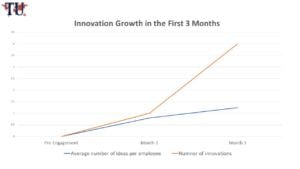
Imagine the possibilities when your organization possess an innovation system which manufactures consistent ideas and innovations from your employees, how many innovations can you handle to lead any industry?
Transcontinental University has designed innovation systems for organizations with a proven track record of success. Let us take care of the people systems, while you focus on the products and services. Contact us to be one of the limited partnerships in your industry that needs consistent innovation.





